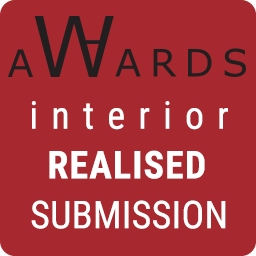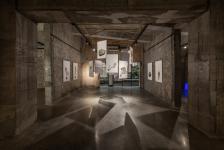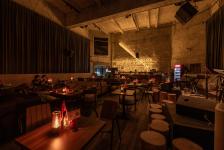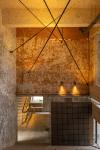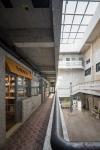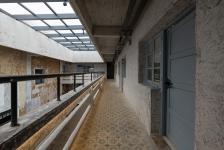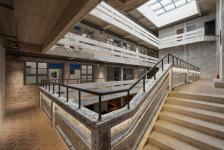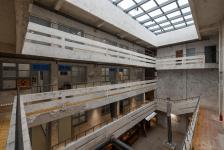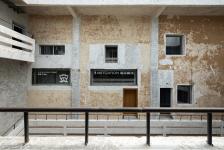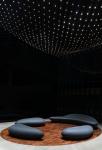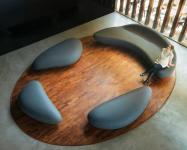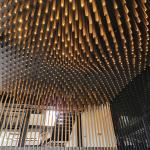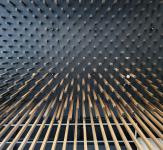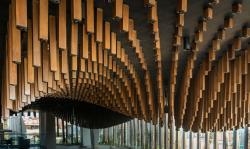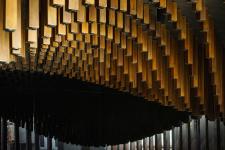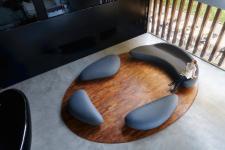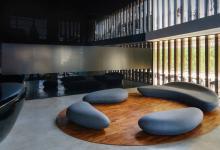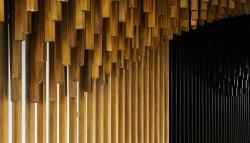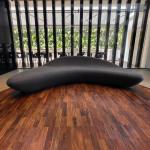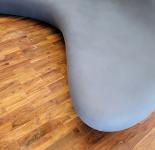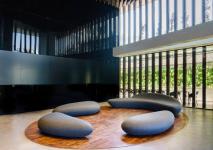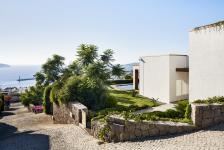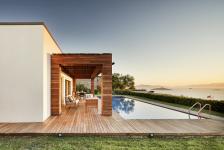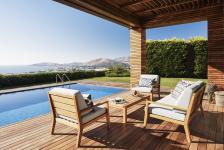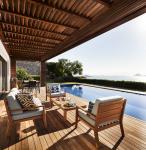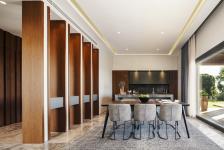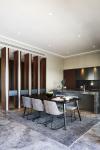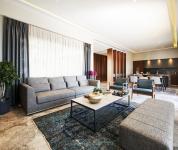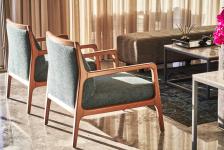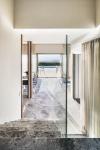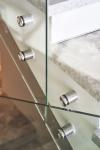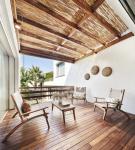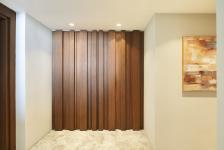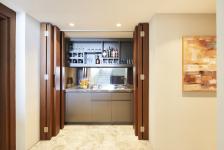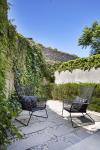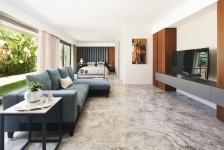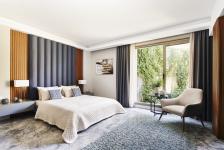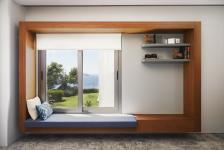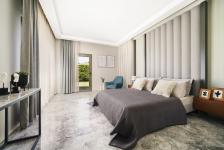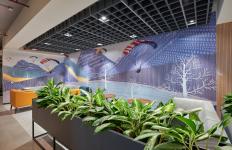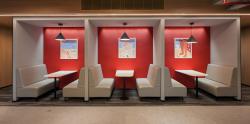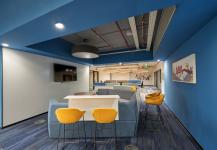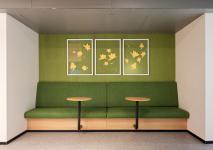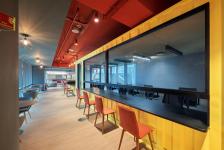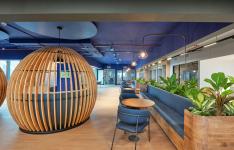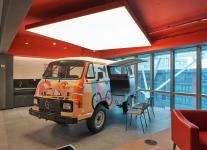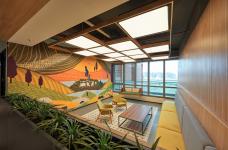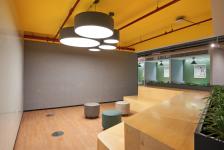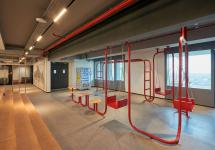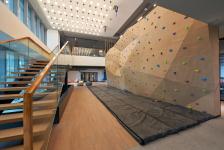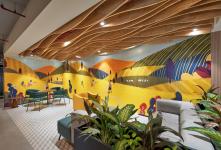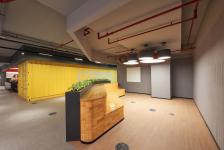World Architecture Awards 10+5+X Submissions
World Architecture Awards Submissions / 52nd Cycle
Vote button will be active when the World Architecture Community officially announces the Voting period on the website and emails. Please use this and the following pages to Vote if you are a signed-in registered member of the World Architecture Community and feel free to Vote for as many projects as you wish.
How to participate
WA Awards Submissions
WA Awards Winners
Architectural Projects Interior Design Projects
Architectural Projects Interior Design Projects
ARTCATION
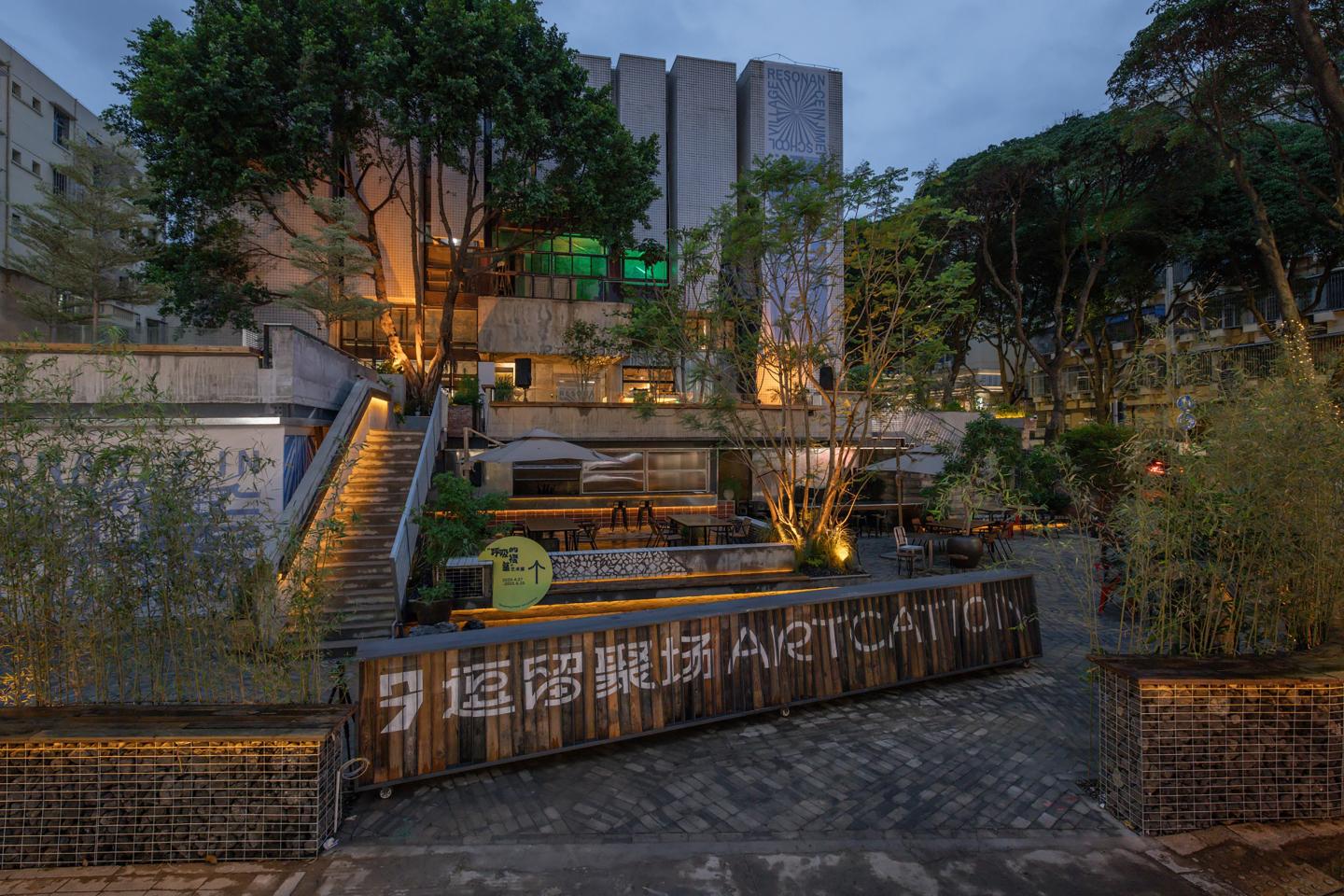

ARTCATION is situated at No. 97 Shigu Road, the core area of Jimei School Village's century-old cultural heritage, and was originally the Former Jimei Courthouse. This solemn architecture, steeped in historical memory, has been revitalized through Fancy Design's innovative "DESIGN O" model. Guided by the concept of "stay," the project aims to create a relaxed, open, and emotionally engaging urban public living room, transforming the space from "disciplinary" to "symbiotic." It serves as a core supporting facility for the industrial ecosystem of the Jimei School Village Art and Design Development Center, while also fulfilling the strategic mission of revitalizing the Jimei School Village Historic Cultural Block and promoting diversified urban industrial development.
In terms of design approach, Fancy Design respected the original building's structure and fabric. Aligned with the project's strategic and functional positioning, the outdoor courtyard was reconfigured to redefine the relationship between the architecture and the urban neighborhood. Within the interior, the originally rigid legalistic layout was deconstructed and reorganized. By reconfiguring circulation routes and creating a textured patina with a sense of breathability and organic growth, a poetic dialogue between old and new spaces was achieved.
Programmatically, based on a systematic construction of art and design-oriented functions and living scenarios, the former courtroom has been transformed into the multi-functional composite space "CUBIC." Offices and detention rooms have been converted into concept stores and art galleries, forming a mixed-use program of "Life Aesthetics Cluster Art & Design Alchemy Field." Since its opening in April 2025, ARTCATION has successfully hosted over ten high-quality events, including art exhibitions, poetry and literary gatherings, theatrical performances, music shows, community family activities, and culinary experiences, attracting a daily average of over 1,000 visitors.
The project covers an area of 2,580 square meters
Project floor area per level:
First floor area: 697m², platform area: 412m²
Second floor area: 637㎡, Third floor area: 417㎡
Four-story area: 417㎡
Overall height of the project: 12m
Total project cost: 6 million yuan
Floor height: 3 meters with floor slabs, 2.9 meters without floor slabs
Chief designer: Fang Guoxi
Project director: Zeng Canfang ,Huang Deming
Technical Director: Chen Huozao
Hydro-power design: Huang Ting
Display design: Hong Xuanzhen
In terms of design approach, Fancy Design respected the original building's structure and fabric. Aligned with the project's strategic and functional positioning, the outdoor courtyard was reconfigured to redefine the relationship between the architecture and the urban neighborhood. Within the interior, the originally rigid legalistic layout was deconstructed and reorganized. By reconfiguring circulation routes and creating a textured patina with a sense of breathability and organic growth, a poetic dialogue between old and new spaces was achieved.
Programmatically, based on a systematic construction of art and design-oriented functions and living scenarios, the former courtroom has been transformed into the multi-functional composite space "CUBIC." Offices and detention rooms have been converted into concept stores and art galleries, forming a mixed-use program of "Life Aesthetics Cluster Art & Design Alchemy Field." Since its opening in April 2025, ARTCATION has successfully hosted over ten high-quality events, including art exhibitions, poetry and literary gatherings, theatrical performances, music shows, community family activities, and culinary experiences, attracting a daily average of over 1,000 visitors.
The project covers an area of 2,580 square meters
Project floor area per level:
First floor area: 697m², platform area: 412m²
Second floor area: 637㎡, Third floor area: 417㎡
Four-story area: 417㎡
Overall height of the project: 12m
Total project cost: 6 million yuan
Floor height: 3 meters with floor slabs, 2.9 meters without floor slabs
Chief designer: Fang Guoxi
Project director: Zeng Canfang ,Huang Deming
Technical Director: Chen Huozao
Hydro-power design: Huang Ting
Display design: Hong Xuanzhen
Shanker Group HQ
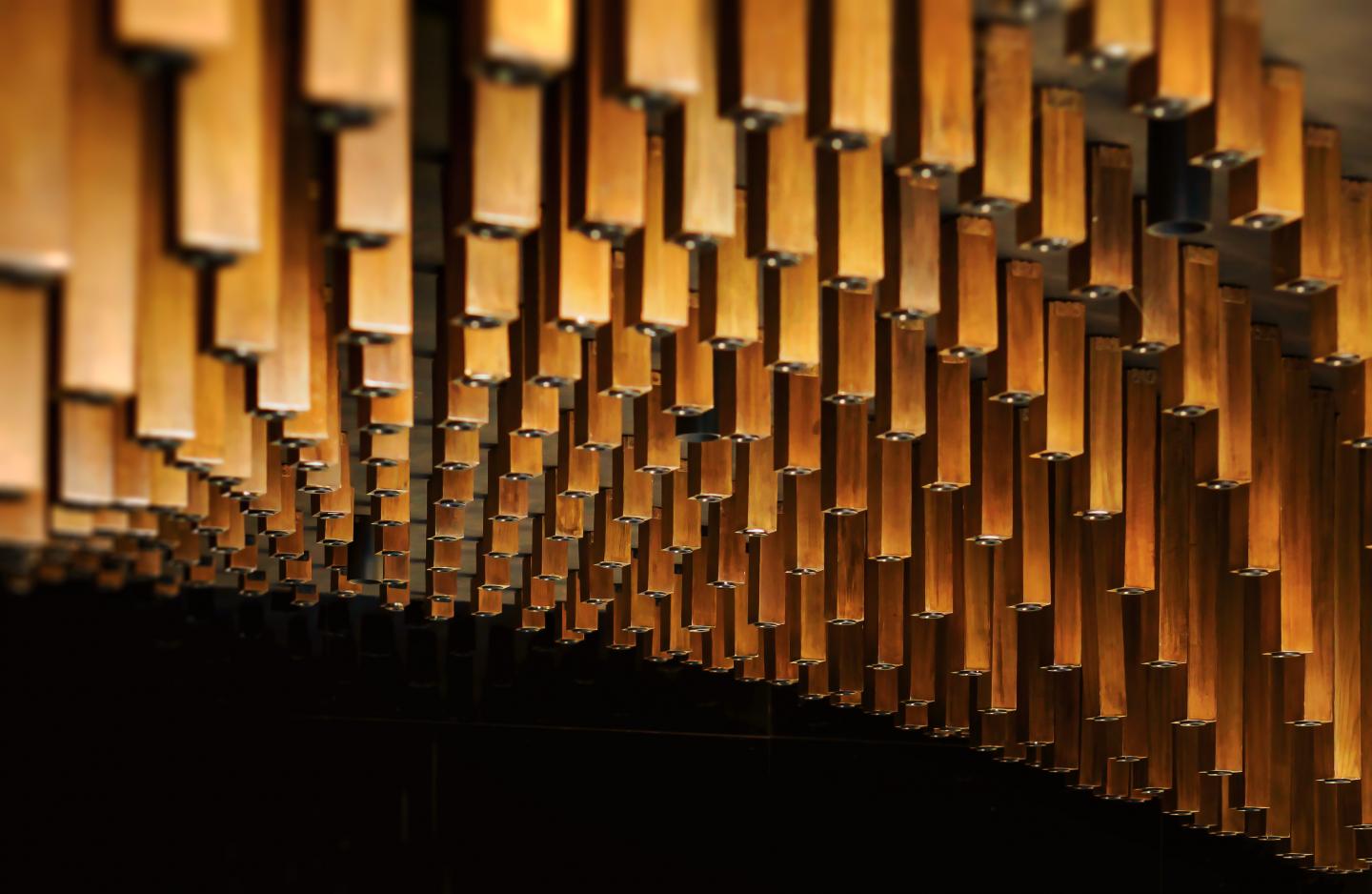

The Shanker Lobby, nestled in the serene valley of Kathmandu, embodies the essence of Nepal’s natural and cultural landscape. Drawing inspiration from the surrounding mountains, forests, and rivers, the design translates these organic forms into a spatial experience, creating the harmony between architecture and nature. The interplay of natural light, textures, and materials blurs the boundary between the built and the natural environment, creating a space that feels both grounded and transcendent. As the main headquarters of the Shanker Group, the lobby serves not only as an entry point but as a statement of identity—welcoming visitors from diverse backgrounds into an atmosphere of calm sophistication.
The lobby opens into a dramatic double-height space that celebrates the interplay of light, material, and form. Rooted in the natural beauty of Nepal, the design draws direct inspiration from its landscapes and elements. The ceiling installation reinterprets the rhythm of falling raindrops—an array of vertically suspended timber light-fixtures arranged at varying lengths to create a flowing surface that evokes the motion of rainfall. This sculptural composition transforms the ceiling into a living artwork, where light reflects off warm wooden tones to produce a soft, shimmering glow. The pattern’s asymmetry evokes the spontaneity of nature, while its precise alignment reflects architectural order. As one moves through the space, the ceiling’s shifting depths generate a dynamic perception of movement and continuity, unifying the interior in a fluid visual rhythm. The design subtly merges into the reception backdrop, maintaining a cohesive palette of earthy hues and natural warmth that envelops visitors in an atmosphere of quiet sophistication.
The furniture within the lobby continues the narrative of nature, shaped by organic forms inspired by pebbles, flowing water, and the warmth of wood. The pebble-like seating rests gently across the floor, its smooth contours echoing river stones while offering comfort and informality within the grand setting. A precisely composed array of vertical timber louvres defines the backdrop, introducing rhythm, texture, and continuity throughout the space. These louvres filter light softly, creating depth and connection between ceiling and floor. Natural daylight enhances the warmth of timber, the texture of stone, and the calm neutrality of the palette—crafting an environment where nature and craftsmanship coexist in quiet balance.
The reception area extends this organic language, where free-form furniture draws inspiration from the natural contours of pebbles. The reception desk, defined by smooth curves and a subtle sheen, echoes the architectural expression of the space—fluid, grounded, and inviting. The ceiling appears to melt into the reception backdrop, creating a seamless visual connection that enhances the sense of spatial unity. Adjacent to it, bespoke seating elements follow a similar design ideology, crafted to blend effortlessly with the overall narrative. Together, these pieces reinforce the connection between form and function, complementing the lobby’s material warmth and cohesive spatial flow.
SITE AREA: 957 SQM
BUILT UP AREA: 3440 SQM
LOBBY AREA: 110 SQM
CLIENT: SHANKER GROUP
STATUS: COMPLETED
PHOTOGRAPHER: SUNNY SHRESHTHA
DESIGN: AMIT GUPTA, BRITTA KNOBEL GUPTA
DIRECTOR: SURAJ CHAPHEKAR, SENIOR ARCHITECT: GOVINDA DEY
TEAM: ANJAN MONDAL, AKSHAY KODOORI, SATPAL CHAUHAN, PRACHI VERMA, GAGANDEEP SINGH, ANKIT VERMA, BHANUJA DORA, DEEPANKER SHARMA, HASNAIN ALAM, MANDEEP SINGH
The lobby opens into a dramatic double-height space that celebrates the interplay of light, material, and form. Rooted in the natural beauty of Nepal, the design draws direct inspiration from its landscapes and elements. The ceiling installation reinterprets the rhythm of falling raindrops—an array of vertically suspended timber light-fixtures arranged at varying lengths to create a flowing surface that evokes the motion of rainfall. This sculptural composition transforms the ceiling into a living artwork, where light reflects off warm wooden tones to produce a soft, shimmering glow. The pattern’s asymmetry evokes the spontaneity of nature, while its precise alignment reflects architectural order. As one moves through the space, the ceiling’s shifting depths generate a dynamic perception of movement and continuity, unifying the interior in a fluid visual rhythm. The design subtly merges into the reception backdrop, maintaining a cohesive palette of earthy hues and natural warmth that envelops visitors in an atmosphere of quiet sophistication.
The furniture within the lobby continues the narrative of nature, shaped by organic forms inspired by pebbles, flowing water, and the warmth of wood. The pebble-like seating rests gently across the floor, its smooth contours echoing river stones while offering comfort and informality within the grand setting. A precisely composed array of vertical timber louvres defines the backdrop, introducing rhythm, texture, and continuity throughout the space. These louvres filter light softly, creating depth and connection between ceiling and floor. Natural daylight enhances the warmth of timber, the texture of stone, and the calm neutrality of the palette—crafting an environment where nature and craftsmanship coexist in quiet balance.
The reception area extends this organic language, where free-form furniture draws inspiration from the natural contours of pebbles. The reception desk, defined by smooth curves and a subtle sheen, echoes the architectural expression of the space—fluid, grounded, and inviting. The ceiling appears to melt into the reception backdrop, creating a seamless visual connection that enhances the sense of spatial unity. Adjacent to it, bespoke seating elements follow a similar design ideology, crafted to blend effortlessly with the overall narrative. Together, these pieces reinforce the connection between form and function, complementing the lobby’s material warmth and cohesive spatial flow.
SITE AREA: 957 SQM
BUILT UP AREA: 3440 SQM
LOBBY AREA: 110 SQM
CLIENT: SHANKER GROUP
STATUS: COMPLETED
PHOTOGRAPHER: SUNNY SHRESHTHA
DESIGN: AMIT GUPTA, BRITTA KNOBEL GUPTA
DIRECTOR: SURAJ CHAPHEKAR, SENIOR ARCHITECT: GOVINDA DEY
TEAM: ANJAN MONDAL, AKSHAY KODOORI, SATPAL CHAUHAN, PRACHI VERMA, GAGANDEEP SINGH, ANKIT VERMA, BHANUJA DORA, DEEPANKER SHARMA, HASNAIN ALAM, MANDEEP SINGH
Veranda Turgutreis House
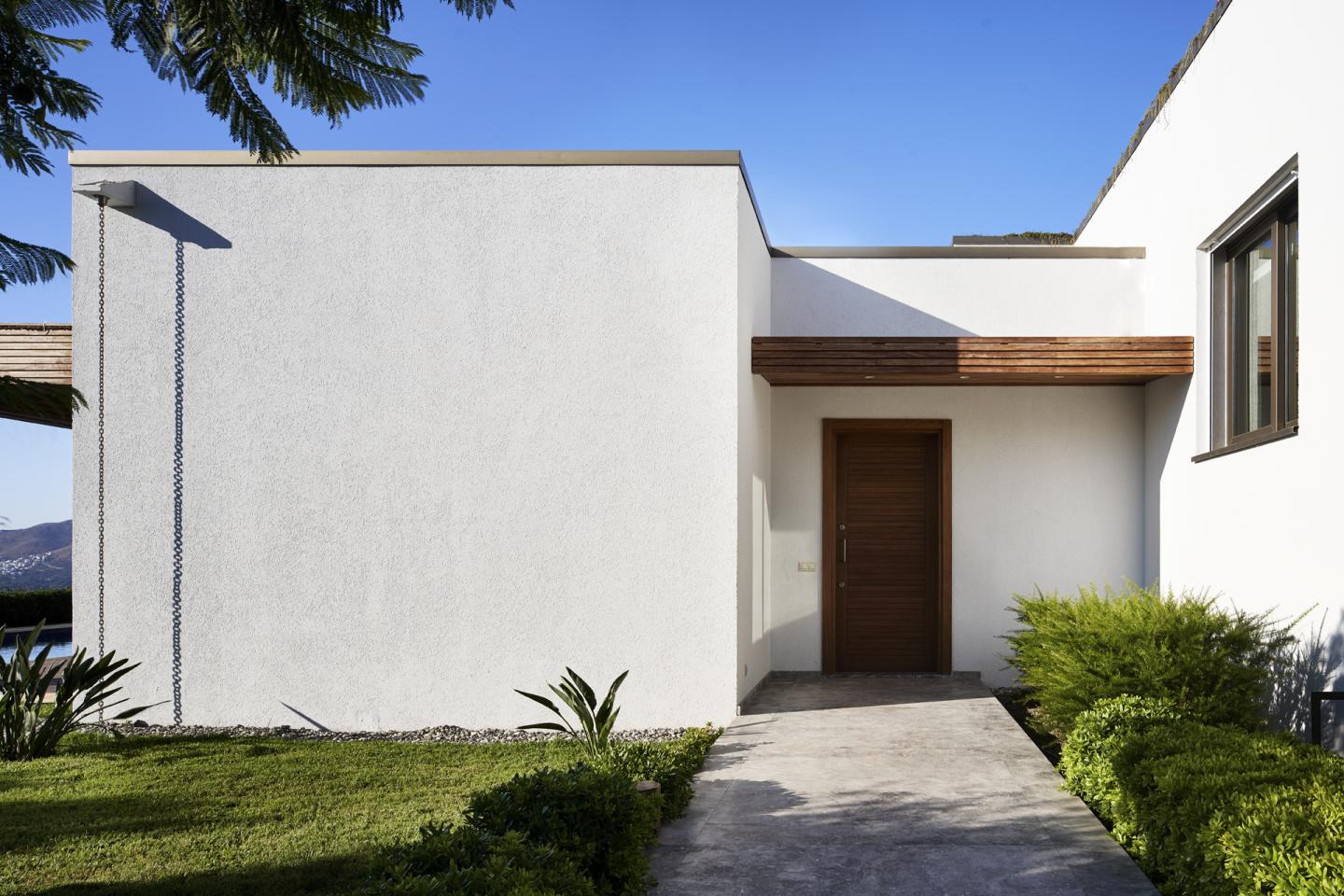

Veranda Turgutreis house is one of seven private housing units, designed and built by Yalın Tasarım, in collaboration with Serhatlı İnşaat. The construction phase of the seven unit, multi-unit housing project was started in 2014; while the interior project of the "Veranda Turgutreis House" was completed in 2020.
The project is located in one of the most beautiful spots of Bodrum, Muğla: Turgutreis. With its breathtaking view; the project sits on the hillside with a wide-open, breathtaking view of the Aegean Sea. The large windows of the house allow the household to stray away from the complexity of the city while facing the nature and flooding natural light inside the house.
The exterior spaces and furniture, blend in with the architecture and the natural environment of the Veranda Turgutreis House. All together making up a harmonic whole that also showcases the design approach that was carried inside.
Nature, which is what makes the Veranda Turgutreis House special: Natural materials were used in all spaces inside as well as the outside. The flooring of the house was made up of large cut marble slabs, while natural wood finishes were used for the custom-built items in every space. The furniture were chosen to provide harmony inside the house, without disturbing the existing language between the custom-built items and the finishes. Natural finishes and calm colors were chosen to create a warm environment. All furniture that were built have been carefully designed to provide modernity and minimality, while following the motto: Less is more.
Project Name: Veranda Turgutreis House
Function: Residential, Multi Units Housing
Plot Area: 1000 sqm
Floor Area: 450 sqm
Project Director - Sinem Serhatlı
Design - Yalın Tasarım Architecture
Construction - Serhatlı İnşaat
The project is located in one of the most beautiful spots of Bodrum, Muğla: Turgutreis. With its breathtaking view; the project sits on the hillside with a wide-open, breathtaking view of the Aegean Sea. The large windows of the house allow the household to stray away from the complexity of the city while facing the nature and flooding natural light inside the house.
The exterior spaces and furniture, blend in with the architecture and the natural environment of the Veranda Turgutreis House. All together making up a harmonic whole that also showcases the design approach that was carried inside.
Nature, which is what makes the Veranda Turgutreis House special: Natural materials were used in all spaces inside as well as the outside. The flooring of the house was made up of large cut marble slabs, while natural wood finishes were used for the custom-built items in every space. The furniture were chosen to provide harmony inside the house, without disturbing the existing language between the custom-built items and the finishes. Natural finishes and calm colors were chosen to create a warm environment. All furniture that were built have been carefully designed to provide modernity and minimality, while following the motto: Less is more.
Project Name: Veranda Turgutreis House
Function: Residential, Multi Units Housing
Plot Area: 1000 sqm
Floor Area: 450 sqm
Project Director - Sinem Serhatlı
Design - Yalın Tasarım Architecture
Construction - Serhatlı İnşaat
Wipro Gopanapally
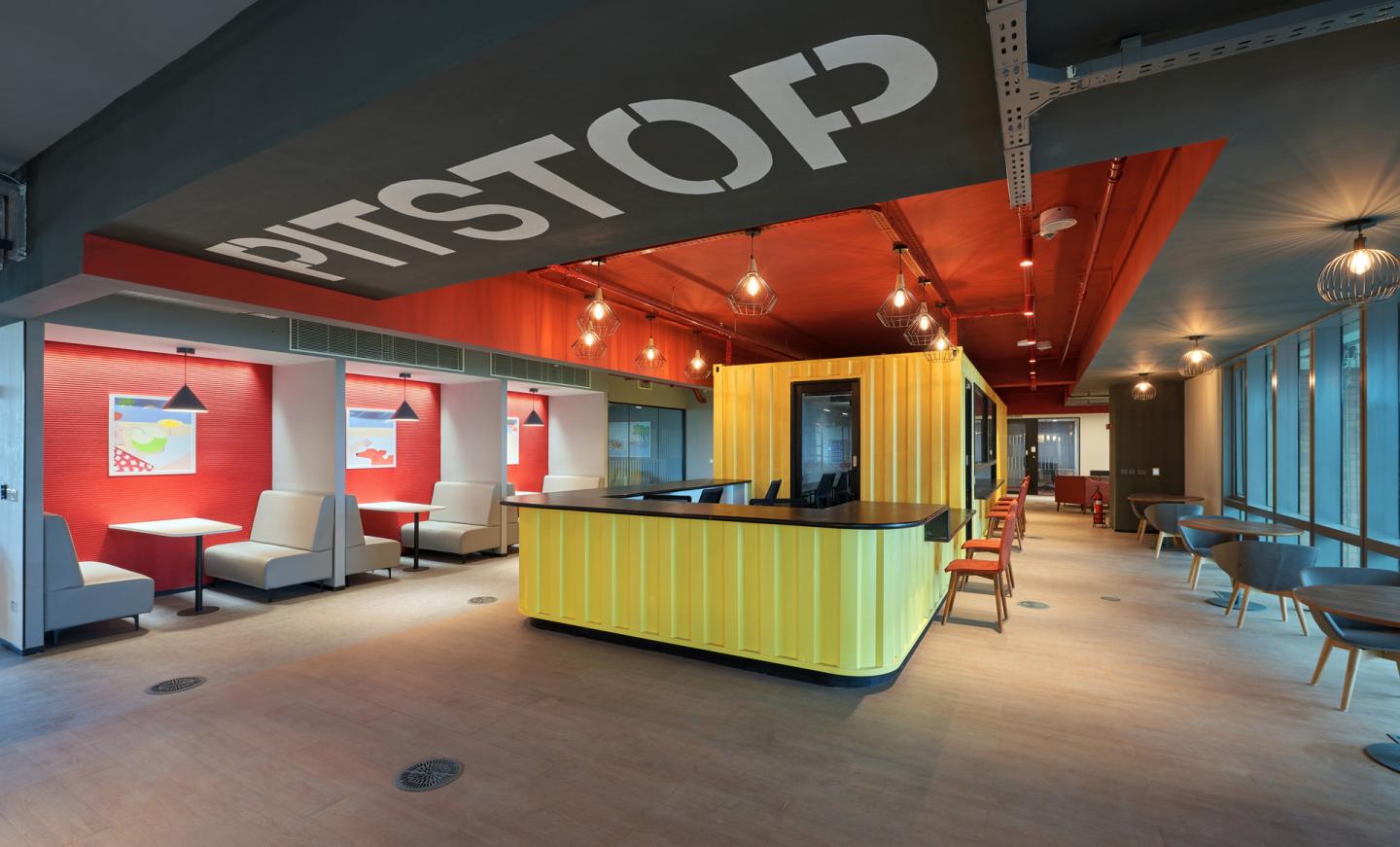

At Wipro’s Gopanapally campus, Towers T3 (Wind) and T4 (Fire) reimagine the workplace for a post-pandemic world—where user experience is at the heart of every design decision.
These towers embody a new hybrid work model, blending focused work with vibrant collaboration. Workstations line the glazing to maximize natural light, while dynamic hubs, lounges, and meeting nooks activate circulation paths—encouraging spontaneous interactions and human connection.
Ground-floor “Garages” support workshops, training, and team activities, while enclosed bridges between towers offer hot-desking, wellness zones, and shared amenities. The Workplace even features a climbing wall, underscoring Wipro’s commitment to holistic well-being.
Drawing inspiration from the elemental forces of Fire and Wind, the design evokes warmth, movement, and memory. Seasonal cues—like spring blooms and cozy winter textures—add cultural resonance and emotional depth.
Sustainability and inclusivity were central to the process: existing carpets, tiles, and furniture were reused to create a cost-efficient, future-ready workplace accessible to all.
Simple yet layered, the interiors of T3 and T4 reflect resilience, community, and the joy of reconnecting— where every corner is crafted to elevate the user experience and foster a sense of belonging.
The interiors support the architectural intentions of sustainability very well as well. The under floor air distribution in all enclosed areas makes sure that it offers uniform cooling saving huge energy !!
as above
Chirag Thakkar, Stella Joseph, Vishal Makam
These towers embody a new hybrid work model, blending focused work with vibrant collaboration. Workstations line the glazing to maximize natural light, while dynamic hubs, lounges, and meeting nooks activate circulation paths—encouraging spontaneous interactions and human connection.
Ground-floor “Garages” support workshops, training, and team activities, while enclosed bridges between towers offer hot-desking, wellness zones, and shared amenities. The Workplace even features a climbing wall, underscoring Wipro’s commitment to holistic well-being.
Drawing inspiration from the elemental forces of Fire and Wind, the design evokes warmth, movement, and memory. Seasonal cues—like spring blooms and cozy winter textures—add cultural resonance and emotional depth.
Sustainability and inclusivity were central to the process: existing carpets, tiles, and furniture were reused to create a cost-efficient, future-ready workplace accessible to all.
Simple yet layered, the interiors of T3 and T4 reflect resilience, community, and the joy of reconnecting— where every corner is crafted to elevate the user experience and foster a sense of belonging.
The interiors support the architectural intentions of sustainability very well as well. The under floor air distribution in all enclosed areas makes sure that it offers uniform cooling saving huge energy !!
as above
Chirag Thakkar, Stella Joseph, Vishal Makam
Yuyi Exhbition Hall


The project is situated within Yangpu High School, and its design is deeply rooted in the educational philosophy of Teacher Yu Yi: "Teachers must have knowledge in their minds and people in their view—seeing both books and individuals." The entire space takes the "unfolding book" as its central motif, symbolizing both the pages of a book and the form of the Chinese character for "person" (人), resembling a young bird spreading its wings in flight. This embodies Teacher Yu Yi’s lofty spirit as an exemplary educator—nurturing students with heartfelt dedication and broad-minded vision.
The design breaks away from the traditional enclosed exhibition hall approach by transforming the original windows into transparent framed structures that allow natural sunlight to flood the space. This not only recreates the luminous atmosphere of a classroom but also symbolizes what a teacher’s exhibition hall should be: bright and open, much like a sunlit classroom—warm, clear, and full of vitality.
In terms of spatial organization, the design cleverly utilizes the existing structural grid of columns as a natural framework and rhythmic guide, creating a clear and harmonious sequence. The visitor route is thoughtfully divided into five sections: Entrance Lobby (Introduction to Yu Yi) → Teaching Philosophy Zone (Understanding Her Thoughts) → Educational Achievements Zone (Witnessing Her Accomplishments) → Personal Character Zone (Appreciating Her Character) → Yu Yi Classroom Experience Zone (Stepping into Her Classroom). This journey forms a progressive experience—moving from cognition and resonance to emotional elevation—and constructs a complete and profound narrative of educational inspiration.
Ultimately, the design aims to allow every visitor to walk through, pause, and reflect within the spiritual world of Teacher Yu Yi, leaving with deep insight and sincere respect—having seen not only the wisdom in books but, more importantly, the human element in education.
Area:400 sqm
Location:China, Shanghai
Client:Yangpu High School
Hongkai Li, Songtian Zhang, Minghao Wang, Xiaowan Qin
The design breaks away from the traditional enclosed exhibition hall approach by transforming the original windows into transparent framed structures that allow natural sunlight to flood the space. This not only recreates the luminous atmosphere of a classroom but also symbolizes what a teacher’s exhibition hall should be: bright and open, much like a sunlit classroom—warm, clear, and full of vitality.
In terms of spatial organization, the design cleverly utilizes the existing structural grid of columns as a natural framework and rhythmic guide, creating a clear and harmonious sequence. The visitor route is thoughtfully divided into five sections: Entrance Lobby (Introduction to Yu Yi) → Teaching Philosophy Zone (Understanding Her Thoughts) → Educational Achievements Zone (Witnessing Her Accomplishments) → Personal Character Zone (Appreciating Her Character) → Yu Yi Classroom Experience Zone (Stepping into Her Classroom). This journey forms a progressive experience—moving from cognition and resonance to emotional elevation—and constructs a complete and profound narrative of educational inspiration.
Ultimately, the design aims to allow every visitor to walk through, pause, and reflect within the spiritual world of Teacher Yu Yi, leaving with deep insight and sincere respect—having seen not only the wisdom in books but, more importantly, the human element in education.
Area:400 sqm
Location:China, Shanghai
Client:Yangpu High School
Hongkai Li, Songtian Zhang, Minghao Wang, Xiaowan Qin
